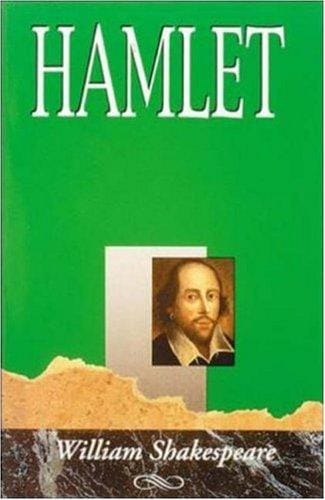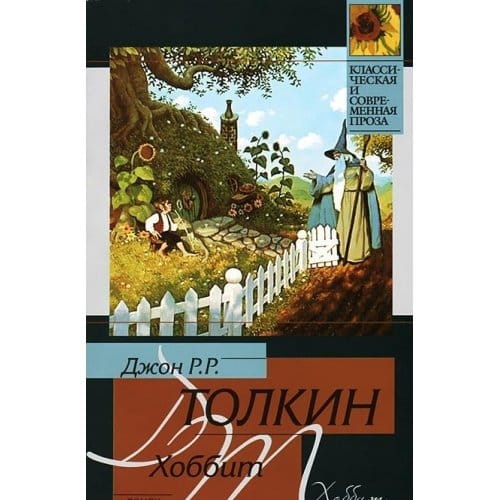Candide: Voltaire’s Timeless Satire and Its Enduring Relevance
Candide dismantles blind optimism with wit and adventure, urging readers to reject complacency and cultivate their own gardens.

Introduction
Published in 1759, Voltaire’s Candide, or Optimism remains one of the most celebrated works of the Enlightenment. With razor-sharp wit and biting irony, the novella dismantles the naïve belief that we live in “the best of all possible worlds.” In fewer than 200 pages, Voltaire delivers a whirlwind adventure that spans continents, wars, earthquakes, and shipwrecks, all in service of exposing philosophical folly and social hypocrisy. More than two centuries later, Candide still feels fresh, its questions about optimism, free will, and human suffering echoing into the present day.
Plot Overview
The story opens in the idyllic castle of Baron Thunder-ten-tronckh in Westphalia, where young Candide is tutored by the ever-optimistic philosopher Dr. Pangloss. Having fallen in love with the Baron’s daughter, Cunégonde, Candide is summarily expelled and thus begins his journey across a perilous world. Over the course of the novella, Candide and his companions experience an almost comical array of disasters: the brutalities of the Seven Years’ War, the Lisbon earthquake, the horrors of the Spanish Inquisition, and even enslavement in South America.
Each episode chips away at Pangloss’s mantra that “all is for the best.” Candide finds temporary refuge in the utopian city of Eldorado, only to abandon it in pursuit of Cunégonde. His odyssey ultimately delivers him to Constantinople, where he is reunited with Pangloss, Cunégonde, and a host of other battered survivors. Disillusioned, Candide rejects Pangloss’s hollow rationalizations and concludes that the only sensible course is to “cultivate our garden.”
Main Characters
Candide
The naive protagonist whose name suggests purity and directness. Candide’s gradual awakening from blind optimism to practical realism constitutes the narrative’s backbone.
Pangloss
A caricature of the German philosopher Leibniz, Pangloss relentlessly argues that every event, no matter how horrific, is part of a divine plan. His absurd logic and physical misfortunes provide much of the satire’s comedy.
Cunégonde
More symbol than fully developed character, Cunégonde undergoes repeated objectification and abuse, underscoring the vulnerability of women in 18th-century society. Her eventual loss of beauty forces Candide to reassess his motives.
Martin
A pessimistic scholar who acts as a foil to Pangloss. Martin’s bleak worldview counterbalances Candide’s lingering hope, sharpening the text’s philosophical tension.
The Old Woman
Possessor of the most tragic backstory in the novella, the Old Woman is both comic and sympathetic. Her resilience exemplifies human endurance amid suffering.
Major Themes
Optimism vs. Reality
Voltaire dissects blind optimism through a barrage of catastrophes that render Pangloss’s creed ridiculous. The novella suggests that intellectual dogma divorced from empirical reality is dangerous.
Religious Hypocrisy
From the corrupt Grand Inquisitor to self-serving monks, Candide exposes religious institutions that preach virtue yet practice vice. Voltaire, a deist, was notorious for challenging ecclesiastical authority.
Freedom and Slavery
Scenes of enslavement in Lisbon, South America, and Constantinople highlight the era’s moral contradictions. Voltaire juxtaposes ideals of liberty with stark depictions of human bondage, forcing readers to confront injustice.
Practical Work
The famous closing line, “we must cultivate our garden,” advocates practical labor and personal responsibility over metaphysical speculation. Voltaire elevates tangible action as the antidote to despair.
Historical Context
Candide emerged during the Enlightenment, a period that championed reason, science, and skepticism of traditional authority. Voltaire wrote the novella shortly after the 1755 Lisbon earthquake, which killed tens of thousands and reignited debates about divine providence. His satire also responds to the optimism of Gottfried Wilhelm Leibniz, whose philosophy claimed that a perfect God must have created the best possible world. By stuffing his plot with calamities, Voltaire mounts a direct attack on that reasoning.
The novella’s rapid-fire pacing mirrors the information explosion of the 18th century, when global exploration and print culture accelerated the flow of news. As Candide crisscrosses oceans, Voltaire underscores how interconnected—and imperiled—the world had become.
Literary Style and Techniques
Despite its philosophical heft, Candide is remarkably concise. Voltaire employs a picaresque structure, propelling his protagonist from one misadventure to the next with minimal transitions. The novella’s ironic tone allows Voltaire to critique institutions without overt polemic, making humor a Trojan horse for serious ideas. Repetition is another key device: Each time Pangloss restates his optimism, the surrounding carnage intensifies, magnifying the absurdity.
Voltaire’s plain yet vivid prose invites accessibility. He minimizes descriptive flourishes, enabling readers to project their own horrors onto the skeletal narrative. This sparsity ensures that the satire, not stylistic excess, takes center stage.
Lasting Legacy
Candide’s influence is vast. Its motifs recur in works ranging from Samuel Beckett’s Waiting for Godot to Kurt Vonnegut’s Slaughterhouse-Five. Philosophically, the novella continues to shape debates about optimism, determinism, and human agency. In classrooms, it serves as both an introduction to Enlightenment thought and a masterclass in satire.
The text also resonates with modern audiences facing global crises—pandemics, climate change, and geopolitical conflict. Voltaire’s message that active, communal effort outweighs abstract theorizing feels more relevant than ever.
Conclusion: Cultivating Our Own Gardens
Voltaire wrote Candide to entertain, provoke, and ultimately inspire practical reflection. The novella invites readers to reject complacency, question ideological extremes, and invest in tangible improvements within their sphere of influence. Whether you approach the text as a philosophical treatise, a comedic romp, or a historical artifact, its enduring power lies in its call to action: In a world rife with unpredictability, the wisest course is to roll up our sleeves and cultivate our gardens—literal or metaphorical.



